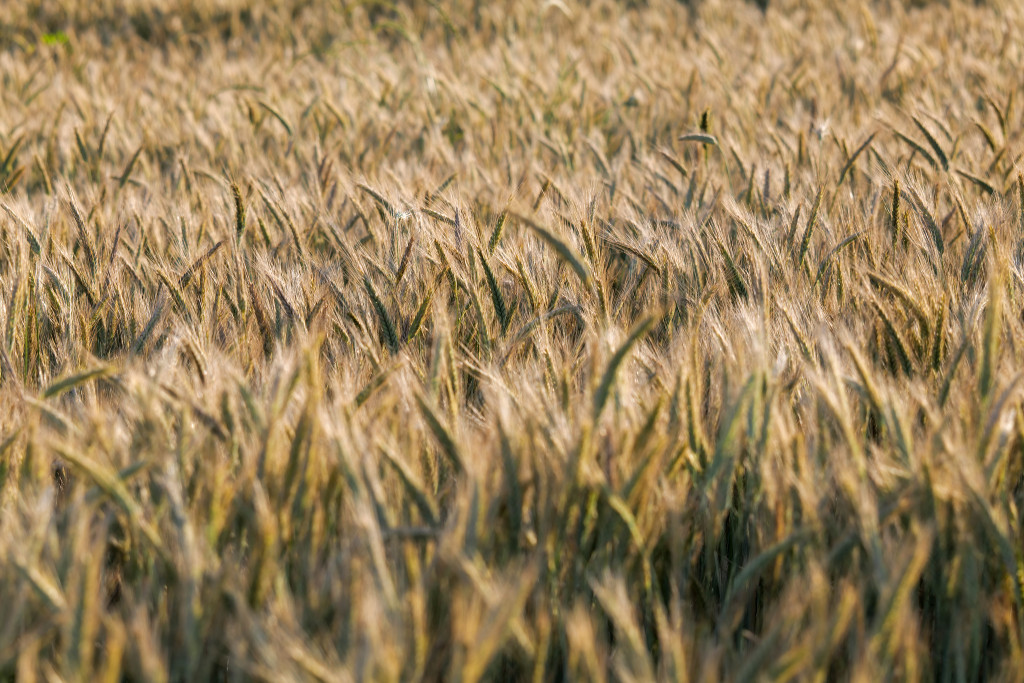In recent days, the agricultural commodities markets have experienced increased volatility, leading to a significant surge in prices. Here is an analysis of the market trends in June 2023, highlighting three key figures. Among the main observed trends, there has been an increase in the prices of wheat, corn, and rapeseed, primarily due to the ongoing drought in the United States. This article explores these recent developments and their implications for global agricultural markets.

Rising Prices of Wheat, Corn, and Rapeseed:
Wheat, one of the primary agricultural commodities, has seen a significant price increase on the Matif, reaching 250 euros for the December 2023 contract. This level echoes the peaks reached in February 2023. The surge can be largely attributed to the persistent drought in the United States, negatively impacting wheat harvests in the region. Decreased supply and growing concerns regarding food security have contributed to the price hike.
American corn has also been affected by the drought in the Corn Belt, a key region for corn production in the United States. In just seven trading sessions, corn prices have surpassed $6.20 for the September 2023 contract. This rapid increase reflects the deterioration of growing conditions, raising concerns about the quantity and quality of this year’s corn harvest. This situation could have an impact on global prices of corn-derived products, such as biofuels and animal feed.
Another crop affected by this upward trend is rapeseed. The price of rapeseed has benefited from the surge in soybean prices and recently exceeded 450 euros. The expectation of a technical milestone at $14 for the November 2023 soybean contract further strengthens this rise. Farmers and traders are closely monitoring this development as rapeseed is a key crop used in the production of oil and animal feed.
Insights for Individual Investors:
For individual investors interested in agricultural commodities, the current market conditions present both opportunities and challenges. The significant price increases in wheat, corn, and rapeseed highlight the potential for profit, particularly for those who have positioned themselves well in the market. However, it is important to consider the inherent risks associated with commodity trading, including volatility and unforeseen factors like weather events.
Diversification and risk management strategies are crucial when investing in agricultural commodities. Investors should conduct thorough research, stay informed about global supply and demand dynamics, and consider consulting with financial advisors or experts with specific knowledge in this sector. It is also important to keep a close eye on weather patterns, as adverse conditions can greatly impact crop yields and market prices.
Conclusion:
In June 2023, the agricultural commodities markets experienced increased volatility and significant price surges in wheat, corn, and rapeseed. The ongoing drought in the United States has led to deteriorating growing conditions, impacting harvests and raising concerns about global food supply and security. Investors, farmers, and governments alike must closely monitor market developments and take measures to address these challenges and mitigate the effects on consumers and global markets. For individual investors, thorough research, risk management, and a diversified approach are key to navigating the opportunities and challenges presented by the current agricultural commodities market.